How can you come to Iceland and not talk about herring.
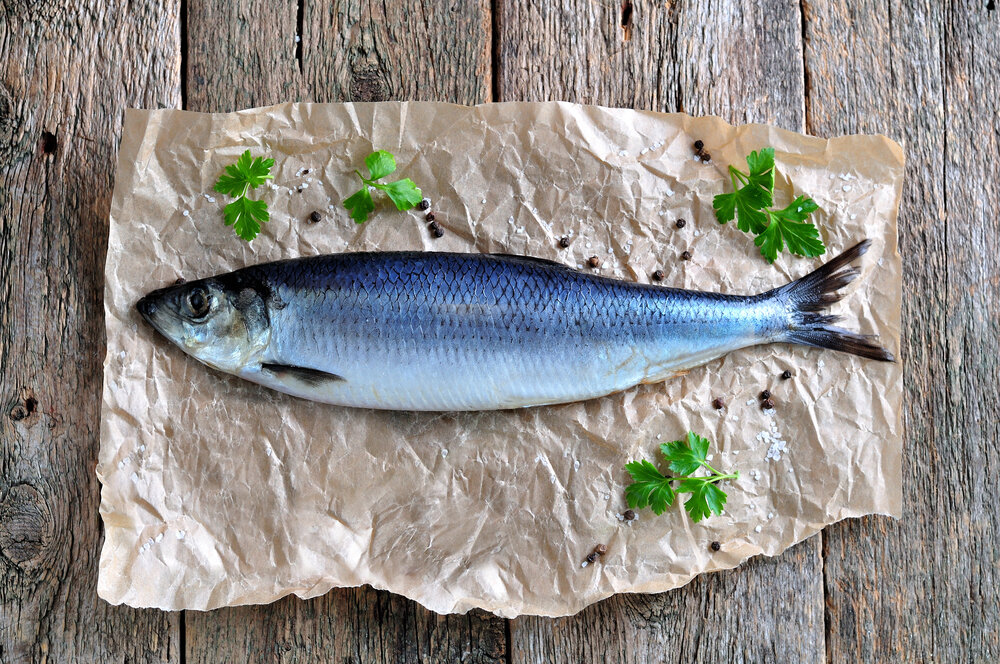
As some of you know, I have loved herring for years and years. If you come to my place to visit or for a meal or cool drink, I will almost always have pickled herring with Triscuits as an appetizer.
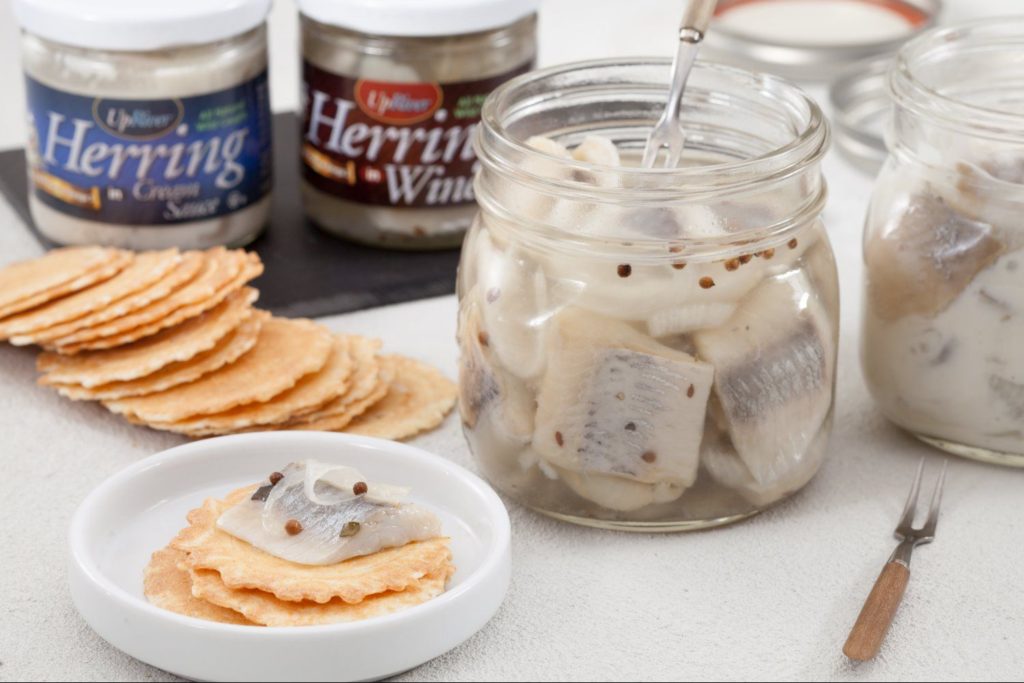
When I eat by myself I always have a few bites of pickled herring before I have my main meal. It must be the Scandinavian in me. Something is at play. That is for sure.
Herring was the mainstay of the fishing industry in Iceland for years. It is hard to exaggerate how important herring was to the Icelandic economy and particularly to many of the small towns along the northern coast of the country. at one point it represented half of the country’s total export income. The herring industry played an important role in Iceland’s efforts to become financially and eventually politically independent from Denmark.
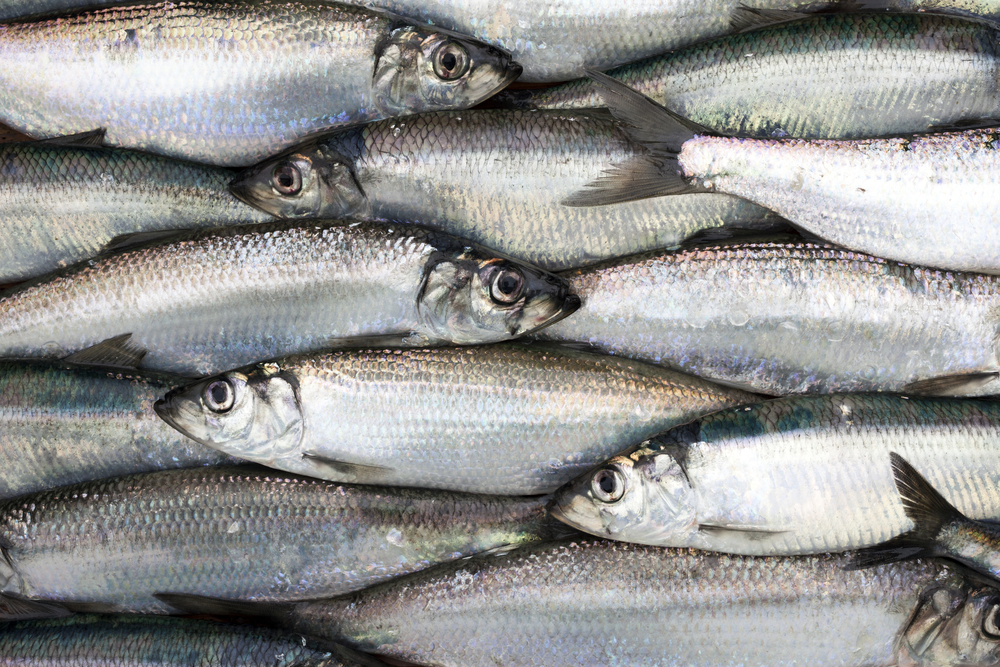
For example, the town of Siglufjordur (pronounced SIG-loo-FYUR-thur) which is on the Trollaskagi Peninsula with a population of 1,200 today was a boomtown, an “Atlantic Klondike”, from 1900 to 1950 or so. Why? Herring. It now houses the Herring Era Museum. The town is beautifully nestled beneath several dramatic peaks. All the avalanche scenes in the Amazon Prime series “Trapped” were shot here. See earlier blog on Trapped.
The population in the first half of the 20th century boomed to 3,000 when the herring business was at its peak. To go through the museum gave me an opportunity to better understand what was involved in the business of herring. It was much more than fishermen out on the often times wild North Atlantic Ocean in their ships. it also included the “herring girls” who lived and worked here in the outdoors, regardless of the weather, cutting and salting the herring coming in off the ships. They lived in rooms with dorm like bunk beds.
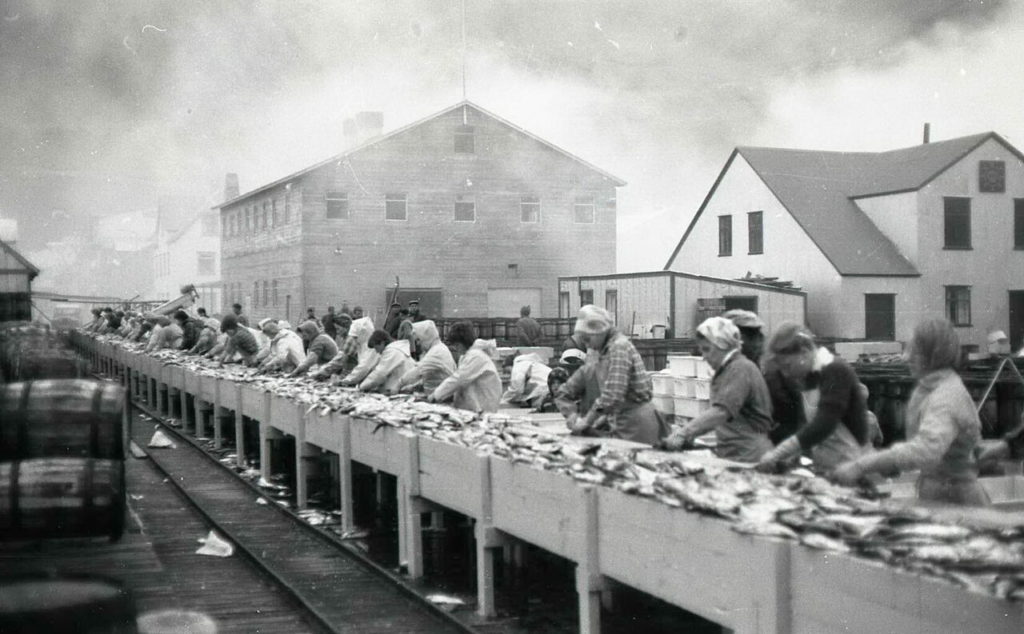
I am sure that you all know why herring is good for you. while I have your attention let me outline the reasons why.
- Herring is loaded with — are you ready for this — EPA (eicosapentaenoic acid) and DHA (docosahexaenoic acid). These fatty acids help prevent heart disease, lower the risk of cardiovascular events, and keep the brain functioning properly.
- Herring is also effective in reducing inflammatory conditions, such as Crohn’s disease and arthritis. Omega-3 fatty acids have anti-inflammatory properties, which has been shown to lower triglyceride levels and decrease levels of VLDL (very low-density lipoprotein). all those science classes had an impact on me.
- Herring contains two of the most potent antioxidants which are essential nutrients, namely vitamin E and selenium. Both of these nutrients play an important role in the immune system, and they help to minimize the damage caused by free radicals to body tissues. Per a normal 184 gram fillet, herring provides 96% and 10% of the RDI (regular daily intake) for selenium and vitamin E respectively.
- Herring provides a substantial amount of Vitamin D. Vitamin D has numerous vital roles in the human body, and it may lower the risk of cancer and cardiovascular disease.
- Herring is protein-rich, and a regular 184-gram fillet offers 33 grams of high-quality protein. As a complete source of protein, herring provides all the essential amino acids in sufficient amounts.
- Since herring only contains around 291 calories per fillet, it is a relatively low-calorie and protein-dense food.
- Herring increases nitric oxide production which lowers blood pressure.
- Herring contains large concentrations of vitamin B12. In addition, herring contains a good amount of the other B vitamins, all of which play an essential role in energy metabolism. Vitamin B12 is one of the world’s most common nutrient deficiencies, particularly in older adults. Bottom line, herring contains large concentrations of nutrients for very few calories, which makes it a very nutrient-dense food.
I realize that this a lot to take in, but I am confident that you have gotten the message that herring is a great source of nutrition.
Back to the story of herring in Iceland. Unfortunately, there is sad ending to this story. As important as it was, the industry totally collapsed in the mid 60’s. Herring was simply overfished. since the mid 60’s, and for the next 25 years, the industry was out of business.
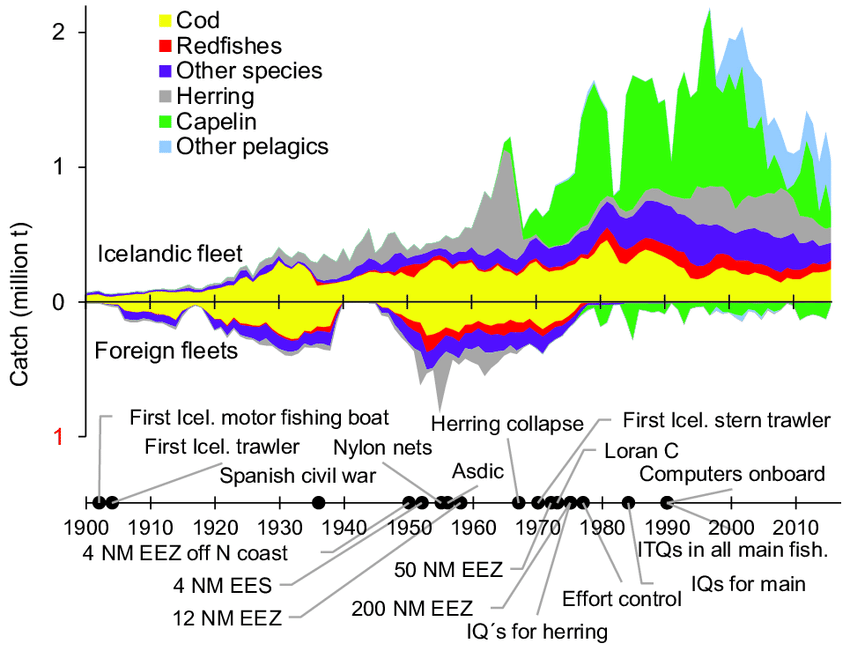
Since the collapse it has begun to come back in the first part of the 21st century but not anywhere near where it was before. Today fish continue to make up 70% of the exports from the country, but herring is only 5% of that number as opposed to 70% of that number in the mid 20th century.
This was fascinating!
I still remember how much Danny loved your pickled herring even when he was a toddler!
So interesting and so well written. We will definitely make a purchase?
My mother’s maiden name was Herring. Your blog made me think of her.
Neil, if I had only known, I would have surely served you pickled herring when you stopped by! One of my favorites too! And I didn’t even know how good it was for us. Once again you continue my education.
What a good blog, I always learn so much from your information. My Dad used to eat a lot of pickled herring but he really never had much to share. It was his favorite treat for himself. Maybe I will have to try it again.